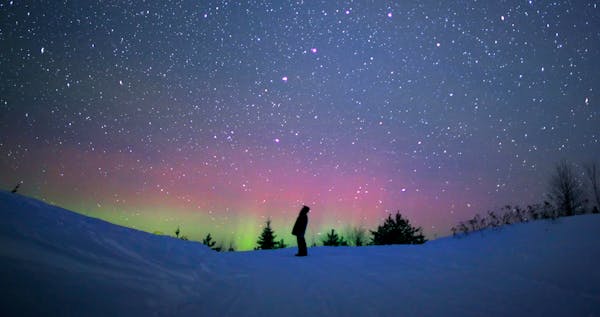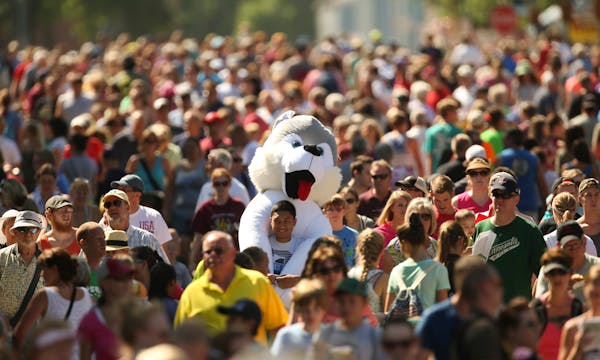How did early settlers survive their first Minnesota winters?
Listen and subscribe to our podcast: Via Apple Podcasts | Spotify | Stitcher
We all do it. Even the proudest Bold Northerners are probably guilty of complaining about Minnesota winters.
We say we "cope" with the dark, cold days, even as we're tucked in our heated homes with closets full of down jackets and trendy insulated snow boots.
That's what got Ken Klein thinking. What did "coping" look like for the early European settlers during some of their first Minnesota winters? Another reader wondered something similar — how were homes built and heated in the early years of the Minnesota Territory?
The two turned to Curious Minnesota, the Star Tribune's community-driven reporting project fueled by reader questions.
"We complain if we have a long commute on a winter day, but these guys had no heating," Klein said. "And it's not like they could run to Cub for groceries."
Dr. Lena Norrman, a senior lecturer in Swedish at the University of Minnesota, said survival for the Scandinavian settlers in the mid 19th century meant relying on skills they'd used in the old country and improvising solutions with what they had. (If you want to learn how the area's indigenous peoples survived the winter centuries earlier, read our very first Curious Minnesota story here.)
Most built log homes like those they would've had in their home country, and used moss or clay between the logs as insulation.
The main source of heat was a fireplace or stove. If they had them, the families may hang fur or textiles against the walls as an added layer against the cold and wind.
Simple wooden beds were lined with straw and children often slept two or three to a bed for the benefit of added body heat. Straw also lined the floors and even, for some of the poorer families, the insides of wooden clogs.
Even if families had fur pelts in their home country, they were often left behind in favor of more essential survival items when traveling to America.
"At least in the early days, you could only bring maybe one chest for the family," Norrman said. "You'd bring the Bible and the absolutely necessary things. Maybe they'd bring leather boots if they had them, but you can imagine even those would be cold in subzero temperatures."
Just like today, layering clothing was crucial. Still, that depended on using what clothing they had, often wool sweaters and shawls. Inside the cabin during the winter, family members worked to preserve food, cooked, mended clothes, told stories and sang together. For water, the settlers melted snow in buckets.
"The farmers who left for America weren't the well off ones," Norrman said. "Thinking back to their life, my goodness, they must've been cold."
Many families also brought their smaller animals inside the home for added heat. Dogs, cats, pigs and chickens would live alongside the homesteaders.
"The better off you were, the more ways you had to keep the heat in," Norrman said. "Most of them came with nothing, started simple and then slowly added and added to their life."
Mechanical heating systems were around, though not common in private residences. The James J. Hill house in St. Paul, built in 1891, did have a gravity heating system which cost $25,000 when installed. The contractors guaranteed the house would be heated to 70 degrees even when the outside temperature dipped to 40 below.
Rather than worrying about surviving winter, the Hill family was more focused on enjoying it through ice skating, snowshoeing and attending some of the first years of the city's Winter Carnival.
When riding around in carriages in the winter, family members often covered up in a wolverine lap robe.
"They had the creature comforts that are much closer to what we have today," said Christine Herbaly, the historic site manager for the James J. Hill House and the Alexander Ramsey House. "But they were in the top 1%."
---
If you'd like to submit a Curious Minnesota question, fill out the form below:
Read more Curious Minnesota stories:
Why does the Stone Arch Bridge cross the river at such an odd angle?
How did Minnesota become the Gopher State?
Are roundabouts really safer than traditional intersections?
Why do so many Fortune 500 companies call Minnesota home?
What is the best place, time to see northern lights in Minnesota?
Has Minnesota every had a major earthquake?
How did the Twin Cities become a hub for Somali immigrants?
Why is it so much harder for U students to graduate debt free compared with the 1960s?



